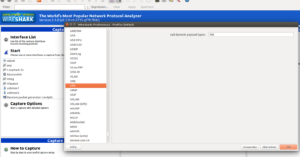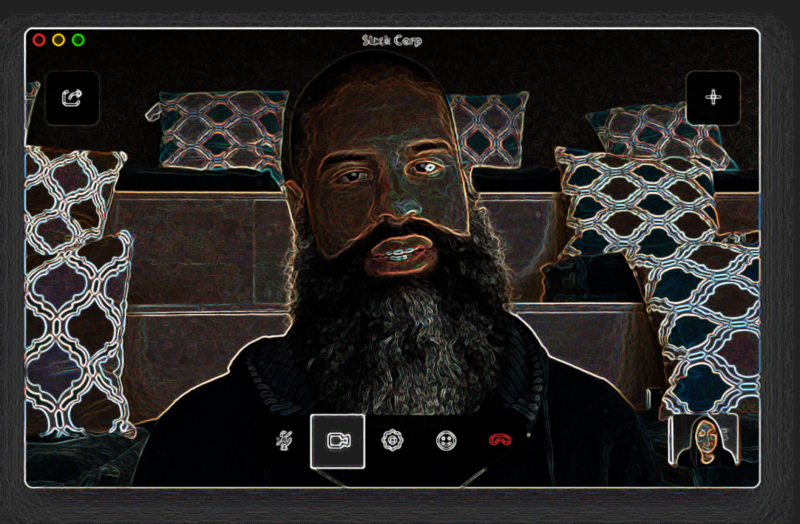Editor Note: Fippo uses a lot of advanced WebRTC terms below – if you are a regular reader of this blog then don’t let that scare you. Wireshark is a great tool for diagnosing media issues and inspecting signaling packets even if you’re not building a media server. {“editor”, “chad hart“} Stuff breaks all […]
New Windows into WebRTC with UWP: Q&A with Microsoft’s James Cadd
While Windows may no longer be the default platform it was a decade ago it still has a huge and active community. More than 400 million devices support Windows 10 and there are many millions of .NET and Visual Studio users out there. In fact, I made my first WebRTC application in .NET using XSockets years ago. In […]
Chrome’s WebRTC VP9 SVC Layer Cake: Sergio Garcia Murillo & Gustavo Garcia
Multi-party calling architectures are a common topic here at webrtcHacks, largely because group calling is widely needed but difficult to implement and understand. Most would agree Scalable Video Coding (SVC) is the most advanced, but the most complex multi-party calling architecture. To help explain how it works we have brought in not one, but two WebRTC video architecture experts. […]
Slack Does WebRTC Video – Here’s How (Gustavo Garcia)
Slack is an über popular and fast growing communications tool that has a ton of integrations with various WebRTC services. Slack acquired a WebRTC company a year ago and launched its own audio conferencing service earlier this year which we analyzed here and here. Earlier this week they launched video. Does this work the same? Are there any […]
How to limit WebRTC bandwidth by modifying the SDP
WebRTC 1.0 uses SDP for negotiating capabilities between parties. While there are a growing number of objects coming to WebRTC to avoid this protocol from the 90’s , the reality is SDP will be with us for some time. If you want to do things like change codecs or adjust bandwidth limits, then you’re going to need to “munge” […]






